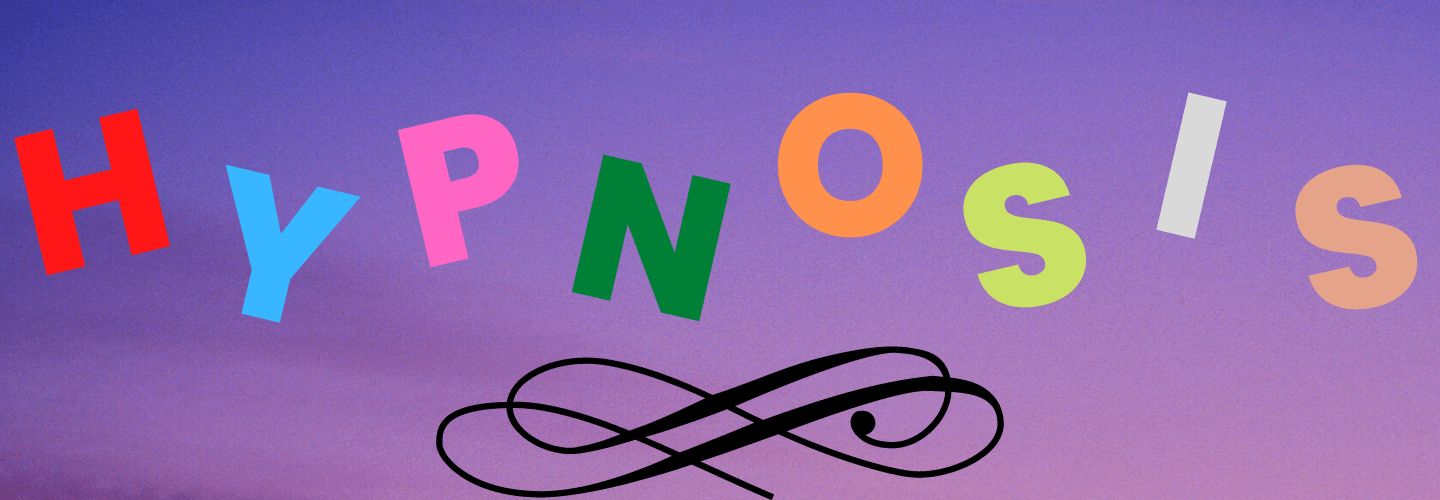
Self-hypnosis serves as an effective strategy for managing social anxiety by enabling deep relaxation and rewiring negative thought patterns. This technique reduces anxiety levels through the development of tailored positive affirmations and the identification of specific triggers. It enhances self-awareness, fostering confidence in social situations. Consistent practice facilitates long-lasting psychological improvements and emotional regulation, equipping individuals to navigate social complexities with greater ease and resilience, promising further exploration into personal development and emotional control.
Key Takeaways
- Utilize self-hypnosis to achieve deep relaxation and manage symptoms of social anxiety effectively.
- Identify and understand triggers to develop targeted coping strategies for social situations.
- Engage in cognitive restructuring to replace negative thoughts with positive, realistic beliefs.
- Practice daily positive affirmations tailored to boost confidence and reduce anxiety.
- Commit to consistent self-hypnosis and positive affirmations to foster long-lasting emotional resilience and personal growth.
Exploring the Benefits of Self-Hypnosis for Social Anxiety
While many individuals grapple with the pervasive effects of social anxiety, self-hypnosis emerges as a potent tool in mitigating its impact by providing private relaxation methods that are both convenient and effective.
By employing self-hypnosis techniques, individuals access a state of deep relaxation, essential in managing acute anxiety symptoms like sweating and trembling.
These methods not only reduce anxiety levels but also enhance self-awareness, leading to a tranquil mind and body state during social interactions.
Additionally, self-hypnosis fosters a profound sense of calmness, allowing for a more confident navigation of social settings, thereby markedly improving quality of life.
Identifying Triggers of Social Anxiety
Understanding the triggers of social anxiety is a fundamental step in effectively managing this condition. Trigger recognition involves identifying both external and internal catalysts that provoke anxiety responses.
Common external triggers include public speaking, social gatherings, and interactions with unfamiliar people. Internal factors often encompass negative self-talk, perfectionism, and self-doubt.
Recognizing these triggers allows individuals to develop targeted strategies to cope with and reduce their anxiety. This process is critical, as it lays the groundwork for therapeutic interventions and personalized management plans, ultimately empowering individuals to navigate social environments with increased confidence and reduced fear.
The Power of Rewiring Negative Thought Patterns

Given the profound impact of cognitive processes on emotional well-being, rewiring negative thought patterns emerges as an essential strategy in managing social anxiety. Cognitive restructuring and belief transformation are critical in altering detrimental thought cycles. This approach scientifically aids individuals by replacing irrational beliefs with realistic and positive perceptions, greatly reducing anxiety triggers.
| Step | Goal | Outcome |
|---|---|---|
| Identify Patterns | Recognize negative thoughts | Awareness of cognitive distortions |
| Challenge Beliefs | Question their validity | Reduction in automatic negative responses |
| Replace Thoughts | Implement positive beliefs | Enhanced emotional regulation |
| Practice Regularly | Reinforce new thought paths | Long-term improvement in social interactions |
| Evaluate Progress | Monitor changes | Sustained decrease in anxiety levels |
This structured method provides a foundation for lasting emotional resilience and healthier social engagements.
Crafting and Using Positive Affirmations
Crafting and using positive affirmations empowers individuals to reshape their mental landscape, effectively reducing the impact of social anxiety. Through daily practice, these affirmation techniques help reinforce positive beliefs and self-perceptions, gradually diminishing the power of anxiety-inducing thoughts.
- Consistency: Engaging in daily affirmation practice strengthens mental pathways associated with positive thinking.
- Specificity: Tailored affirmations address personal anxieties and foster self-confidence.
- Visualization: Combining affirmations with mental imagery enhances emotional and psychological impact.
- Repetition: Regular repetition of affirmations solidifies their effectiveness, promoting a more positive self-view and reducing social anxiety symptoms.
The Role of Self-Awareness in Managing Anxiety

Exploring the role of self-awareness in managing anxiety reveals its critical influence on personal emotional regulation and social interaction.
Self-awareness, cultivated through self-reflection techniques and mindfulness practices, allows individuals to recognize and understand their emotional responses and triggers. This introspective approach empowers them to modify their reactions and behaviors in anxiety-inducing situations.
Gaining Emotional Control Through Self-Hypnosis
Many individuals with social anxiety struggle to control their emotional responses in stressful social situations. Self-hypnosis techniques offer a method to enhance emotional resilience, providing a structured approach to manage these responses effectively.
- Self-hypnosis techniques align subconscious processes with conscious goals, fostering emotional stability.
- Promotes emotional resilience by training the mind to respond calmly in anxiety-inducing scenarios.
- Techniques include visualization and positive affirmation scripting, which reinforce calm and composed behaviors.
- Regular practice leads to a marked improvement in managing emotional reactions, reducing the intensity and frequency of anxious episodes.
Achieving Long-Lasting Changes and Personal Development

While self-hypnosis has demonstrated effectiveness in managing immediate symptoms of social anxiety, its true potential lies in facilitating long-lasting changes and personal development.
Empirical evidence suggests that through the consistent practice of self-hypnosis, individuals not only achieve a reduction in anxiety but also foster substantial personal growth.
This method enhances emotional resilience by rewiring entrenched negative thought patterns and encouraging positive affirmations.
Over time, these practices promote a deep-seated transformation in personal outlook and behavior, equipping individuals with the tools necessary for sustained emotional well-being.
Consequently, self-hypnosis serves as a pivotal mechanism for enduring personal development and emotional mastery.
Frequently Asked Questions
How Common Is Social Anxiety Disorder Globally?
The prevalence rates of social anxiety disorder vary globally, influenced by cultural differences and diagnostic criteria. Studies suggest it is a common condition, affecting millions and displaying diverse manifestations across different cultural contexts.
Can Children and Teenagers Suffer From Social Anxiety?
Children and teenagers can indeed suffer from social anxiety, with childhood symptoms manifesting as fear of social situations. Teenage coping strategies might include avoidance or seeking therapy to manage their anxiety effectively.
Are There Genetic Factors That Contribute to Social Anxiety?
Research indicates that about 30% to 40% of the variance in social anxiety disorder is attributable to genetic factors. This genetic predisposition, or anxiety inheritance, plays a significant role in the development of social anxiety.
What Role Does Diet Play in Managing Social Anxiety?
Diet influences social anxiety management through nutrient impact on neurotransmitter function. Empirical evidence suggests that food choices rich in omega-3 fatty acids and magnesium can reduce anxiety symptoms by promoting neurological health and stress reduction.
How Can Technology Assist in Treating Social Anxiety?
Technology aids in treating social anxiety through virtual therapy sessions and mobile apps that provide tools for relaxation, cognitive restructuring, and real-time anxiety management, making therapeutic techniques more accessible and interactive.
Conclusion
To sum up, "Transform Your Life: Conquer Social Anxiety" presents a robust framework for managing anxiety through innovative approaches like self-hypnosis and cognitive behavioral techniques. Studies show that 40% of individuals who utilize self-hypnosis experience a significant reduction in anxiety symptoms. This evidence underscores the potential of personalized, introspective methods in fostering not only immediate relief but also long-term emotional resilience and personal growth, empowering individuals to navigate social environments with newfound confidence and effectiveness.





